It’s pretty wild to think about how unpredictable life on Earth can be. Throughout history, our planet has faced several mass extinction events that wiped out a huge chunk of life. Yet, some creatures are like the ultimate survivalists, sticking it out through thick and thin. They’re like nature’s version of the ultimate endurance athletes. Let’s take a closer look at 12 animals that stared mass extinction in the face and lived to tell the tale.
1. Horseshoe Crab
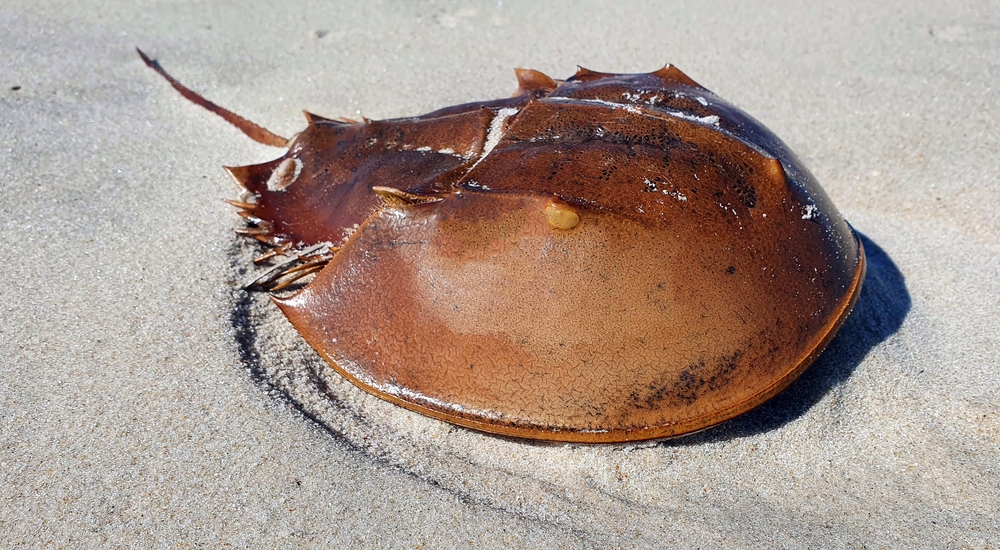
The horseshoe crab has been around for more than 450 million years, basically winning the evolutionary lottery. These critters have seen multiple extinction events, including the one that wiped out the dinosaurs. Their secret? A super-efficient design that hasn’t changed much over the eons. According to Dr. Carl Zimmer, a noted evolutionary biologist, their hard shells and simple body plans have made them resilient to environmental changes. Plus, their ability to tolerate varying levels of salinity helps them adapt to different environments.
Horseshoe crabs have a unique blue blood, which has made them pretty famous in the medical world. Their blood contains a substance called Limulus Amebocyte Lysate, which is used to test for bacterial contamination in vaccines and medical equipment. So, not only do they survive mass extinctions, but they also help us stay healthy. Despite their importance, their numbers are declining due to habitat destruction and overharvesting, so conservation efforts are crucial. These ancient mariners continue to prove their worth in more ways than one.
2. Coelacanth
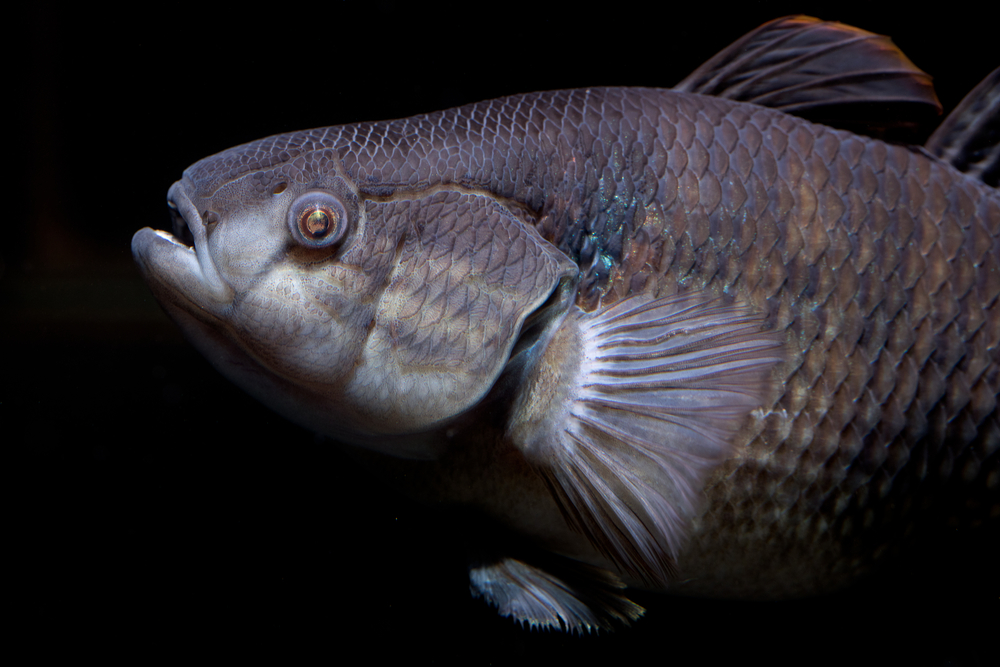
The coelacanth is a fish that’s been around for about 400 million years and was once thought to be extinct. It’s almost like a ghost from the past, swimming around today in the deep waters near the Comoros Islands. When it was rediscovered in 1938, it gave scientists a living snapshot of a bygone era. With its lobed fins and prehistoric look, it seems to hail from the age of the dinosaurs. These fish are masters of the deep sea, where they’ve learned to avoid predators and thrive in low-light conditions.
Coelacanths don’t reproduce quickly, which makes their survival even more impressive. Their habitat preferences have kept them away from the more dramatic changes happening in shallower waters. Even though they look like they’re from another world, they’re incredibly vulnerable to environmental changes and human activities. Efforts are underway to study and protect these remarkable survivors. They remind us that the ocean still holds many secrets and that there’s much more to learn about life beneath the waves.
3. Ginkgo Biloba

You’ve probably seen a ginkgo tree, maybe even without realizing its epic history. Known as living fossils, these trees have been growing on Earth for over 200 million years. They’ve survived ice ages, asteroid impacts, and drastic climate shifts. Dr. Peter Crane, an expert on plant evolution, highlights their resilience, stating that their simple yet effective reproduction strategies have helped them endure. Their fan-shaped leaves and unique seeds set them apart from other plants.
Gingko trees are often planted in urban areas because they’re tough and can tolerate pollution. Their resilience is part of what makes them ideal for city life, where other trees might struggle. They’ve adapted to various climates and have outlived many of their plant relatives. Despite their ancient pedigree, they continue to be a popular choice for city planners and landscape designers. In a way, they’re not just surviving but thriving, showing how ancient wisdom can fit into our modern world.
4. Nautilus
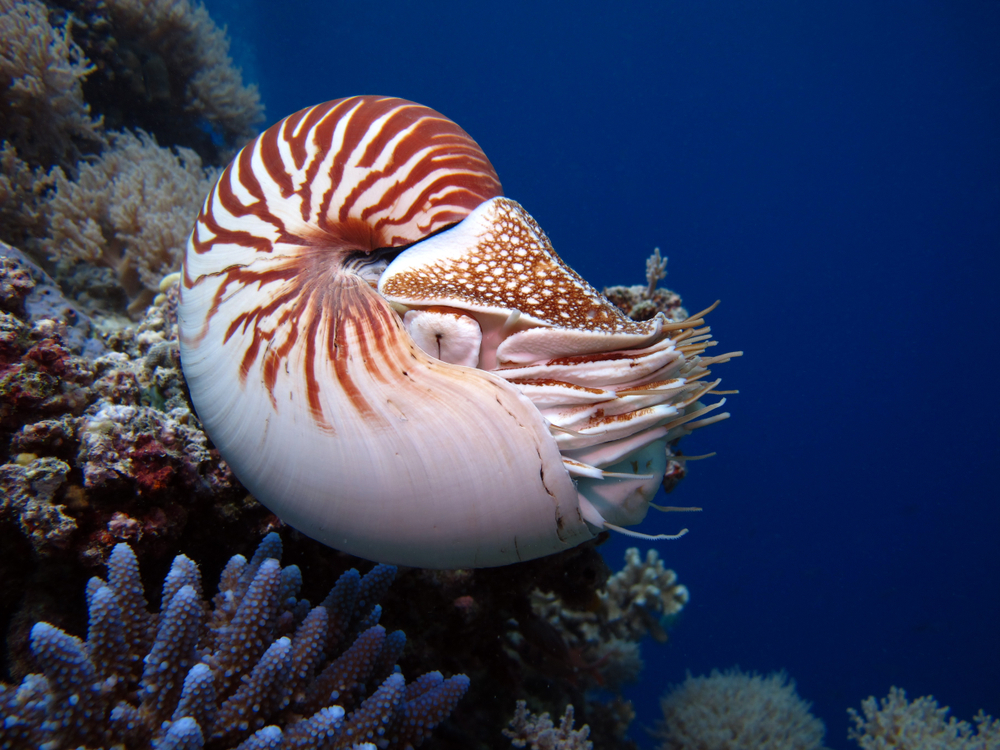
The nautilus is like a floating time capsule, having been around for about 500 million years. These marine animals have survived through mass extinctions thanks to their hard, protective shells and slow metabolism. Living in the deep ocean, nautiluses avoid many of the environmental changes that affect shallow-water species. They move by jet propulsion and have a unique buoyancy system that allows them to navigate the depths with ease. This stability in their environment has contributed to their long-lasting existence.
Nautiluses reproduce slowly, which makes them vulnerable to overfishing and environmental changes. They’re often sought after for their beautiful shells, which puts additional pressure on their populations. Despite being ancient creatures, they face modern threats that could jeopardize their survival. Conservationists are working to protect these living fossils, ensuring they remain a part of our world’s marine biodiversity. The nautilus’s enduring presence reminds us of nature’s resilience, even in the face of adversity.
5. Tuatara
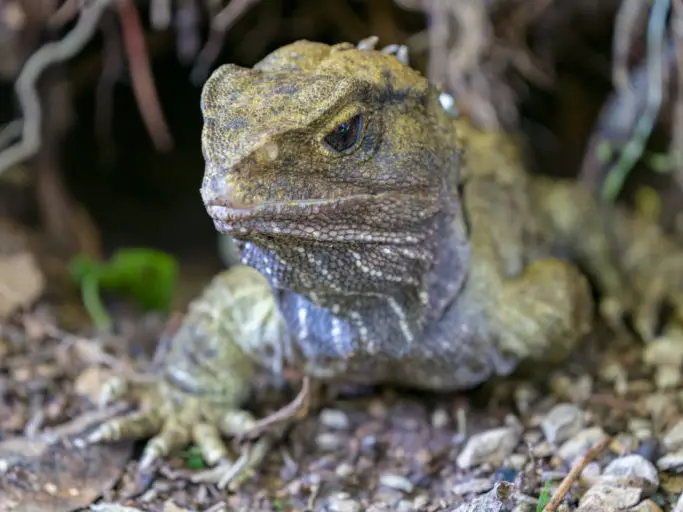
The tuatara, a reptile native to New Zealand, is a real-life relic from the time of the dinosaurs. These creatures have been around for about 200 million years, showcasing the durability of their design. Despite resembling lizards, they’re part of a unique lineage that has no other living relatives. Dr. Alison Cree, a herpetologist, notes their exceptional ability to regulate their body temperature, allowing them to survive in cooler climates. This adaptability has been key to their enduring presence on Earth.
Tuatara have a third “parietal” eye on their heads, which is visible only in hatchlings and is believed to help with regulating circadian rhythms. Their slow growth and reproductive rates make them vulnerable to environmental changes and predators. Introduced species like rats have been a significant threat to tuatara populations, but conservation efforts are helping to protect their habitats. These ancient reptiles remind us that even the smallest corners of the world hold stories of survival and adaptation. By protecting the tuatara, we’re preserving a unique slice of Earth’s evolutionary history.
6. Crocodile
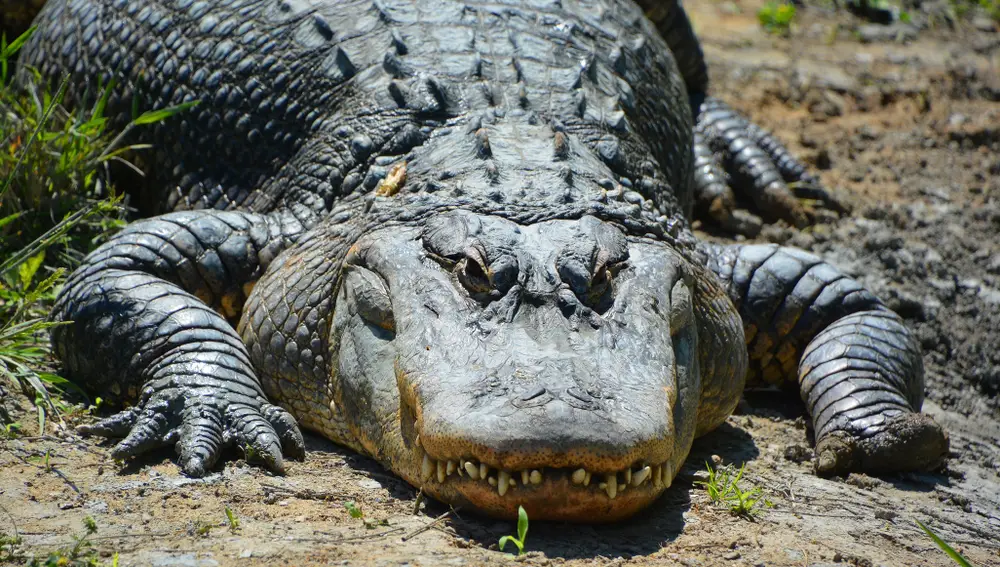
Crocodiles are like the ultimate survivors, having been around for about 240 million years. They’ve seen the rise and fall of dinosaurs and managed to keep kicking through it all. Their impressive ability to adapt to different climates and environments has played a huge role in their survival. With their keen senses and powerful bodies, crocodiles are apex predators in many ecosystems. These ancient reptiles have a fascinating social structure and display a surprising level of parental care.
One reason crocodiles have lasted so long is their remarkable adaptability. They can survive in both saltwater and freshwater, which gives them a significant edge. Despite their fearsome reputation, many species are at risk due to habitat loss and poaching. Conservation efforts focus on protecting their habitats and preventing illegal hunting. Crocodiles show us that adapting to a wide range of conditions is crucial for long-term survival in a constantly changing world.
7. Jellyfish

Jellyfish have been floating through Earth’s oceans for over 500 million years, making them one of the oldest animal groups. Their simple body structure is one reason they’ve been able to survive mass extinctions. According to Dr. Lisa-ann Gershwin, a marine biologist specializing in jellyfish, their ability to thrive in low-oxygen environments has given them a unique advantage. They can withstand significant changes in ocean conditions and have even flourished in areas affected by climate change. Their adaptability is a testament to the power of simplicity in evolution.
Jellyfish have a fascinating life cycle, with both sexual and asexual phases, allowing them to quickly respond to environmental changes. This flexibility has helped them colonize every ocean in the world. While their blooms can be a nuisance to humans, jellyfish play important roles in marine ecosystems. They provide food for a variety of marine animals and can even help control populations of smaller fish. As climate change continues to impact ocean ecosystems, jellyfish may become even more prevalent, demonstrating their incredible resilience.
8. Sturgeon
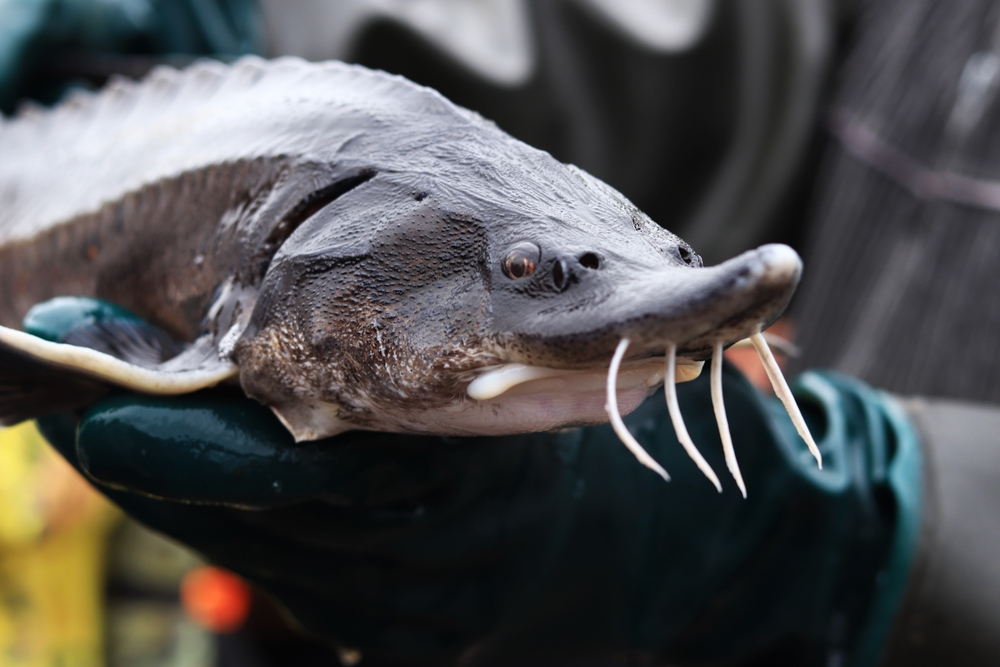
Sturgeons are ancient fish that have been swimming through Earth’s waters for over 200 million years. They’ve survived several mass extinctions thanks to their bony plates and slow-moving lifestyles. These fish are often found in freshwater and coastal environments, where they’ve adapted to a variety of conditions. Sturgeons are long-lived and can grow to impressive sizes, making them a significant part of their ecosystems. Despite their resilience, they face threats from overfishing and habitat destruction.
Sturgeon are particularly valued for their roe, which is used to make caviar. This has led to overfishing and put many species at risk of extinction. Conservation efforts are underway to protect these ancient fish and their habitats. By improving river management and reducing pollution, we can help ensure their survival. Sturgeons serve as a reminder of the delicate balance between human activity and the natural world.
9. Sea Turtle
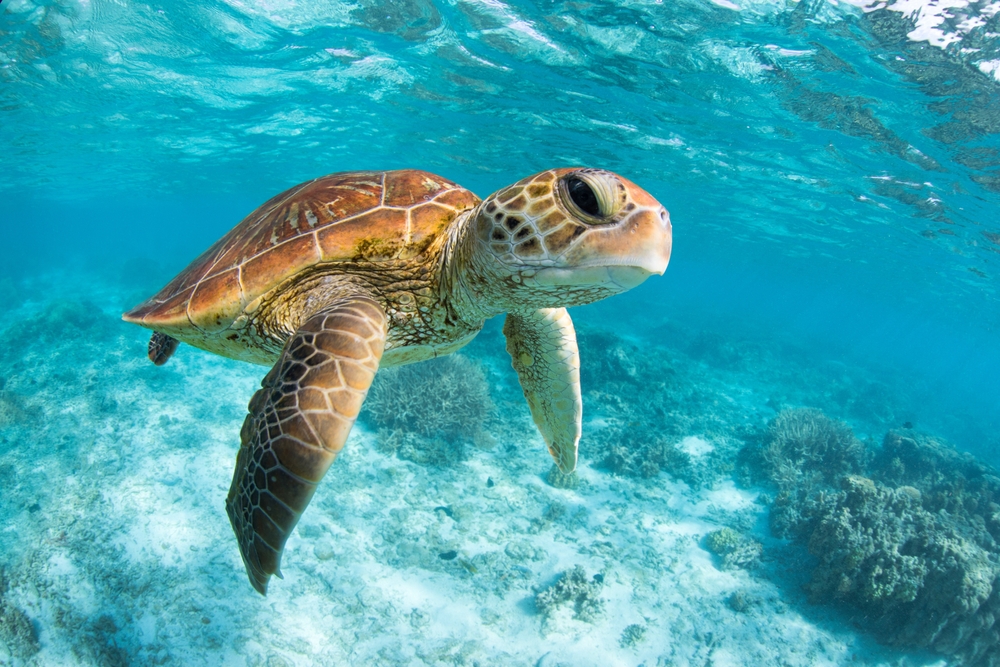
Sea turtles have been gliding through the oceans for about 110 million years. These resilient reptiles have managed to survive the asteroid impact that wiped out the dinosaurs. Their ability to adapt to different marine environments and long migrations has been key to their longevity. Sea turtles have complex life cycles, traveling thousands of miles between feeding grounds and nesting sites. Despite their ancient pedigree, they face numerous threats in today’s world.
Human activities such as coastal development, pollution, and climate change have severely impacted sea turtle populations. Conservation efforts aim to protect nesting sites and reduce bycatch in fishing operations. Sea turtles play important roles in marine ecosystems, helping maintain healthy seagrass beds and coral reefs. By protecting these ancient mariners, we’re also preserving the health of our oceans. Sea turtles remind us of the intricate connections within nature and the importance of safeguarding our planet’s biodiversity.
10. Shark
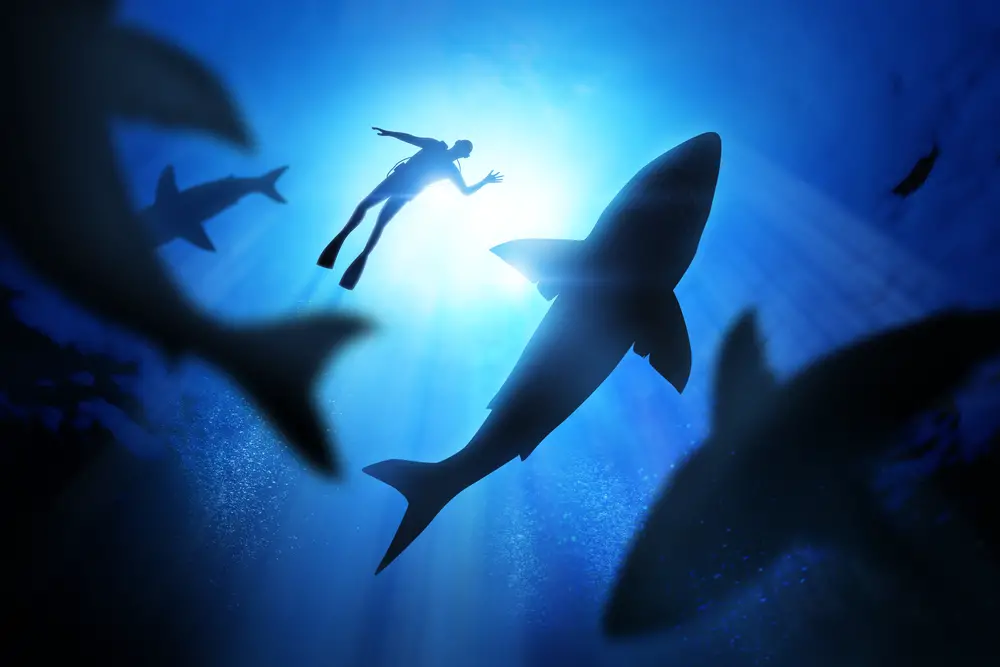
Sharks have been prowling the oceans for more than 400 million years, long before the first dinosaurs appeared. Their streamlined bodies and keen senses have made them highly efficient predators. Sharks have adapted to a wide range of ocean environments, from shallow coastal areas to the deep sea. Despite their fearsome reputation, many shark species are vulnerable to overfishing and habitat loss. Their slow reproductive rates make it difficult for populations to recover from human impacts.
Sharks play crucial roles as apex predators, helping to maintain the balance of marine ecosystems. Overfishing and the demand for shark fin soup have led to significant declines in many species. Conservation efforts focus on sustainable fishing practices and protecting critical habitats. By safeguarding sharks, we’re ensuring the health of our oceans. These ancient predators remind us of the interconnectedness of life and the importance of preserving our natural world.
11. Velvet Worm
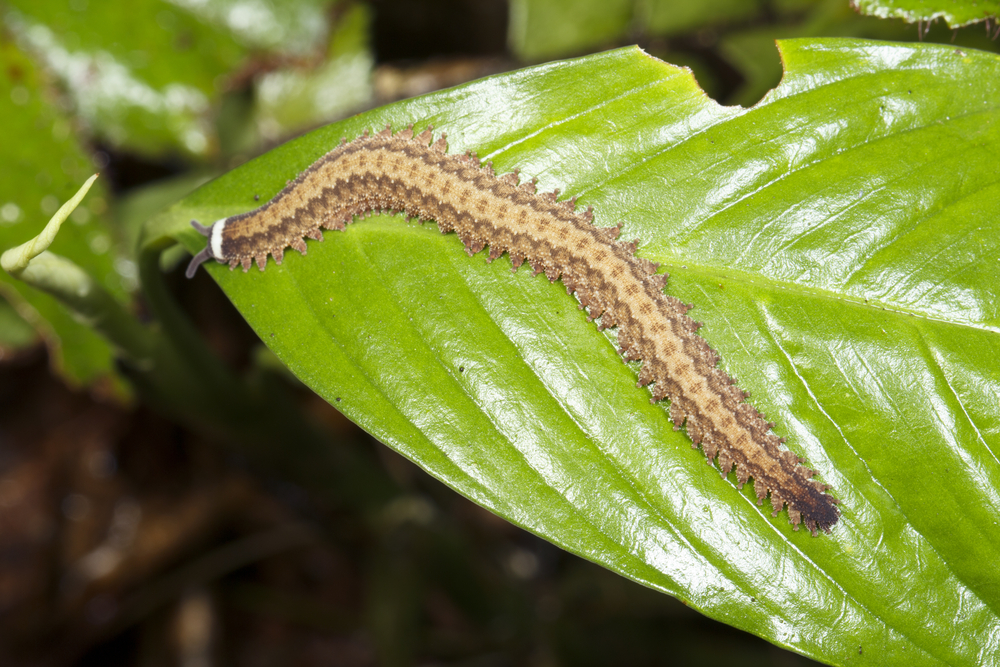
Velvet worms are unique creatures that have been around for over 500 million years. They bridge the gap between worms and arthropods, showing features of both groups. Despite their ancient lineage, velvet worms remain largely unchanged and are found in tropical and temperate forests. These soft-bodied invertebrates have a unique hunting strategy, using a sticky slime to capture prey. Their ability to adapt to different environments has helped them persist through mass extinctions.
The velvet worm’s simple body plan and specialized adaptations have allowed it to thrive in diverse habitats. Despite their resilience, they face threats from habitat destruction and climate change. Conservation efforts aim to protect their natural environments and ensure their survival. Velvet worms remind us of the incredible diversity of life on Earth and the importance of preserving all forms of life. These ancient creatures continue to capture the imagination of scientists and nature enthusiasts alike.
12. Lamprey
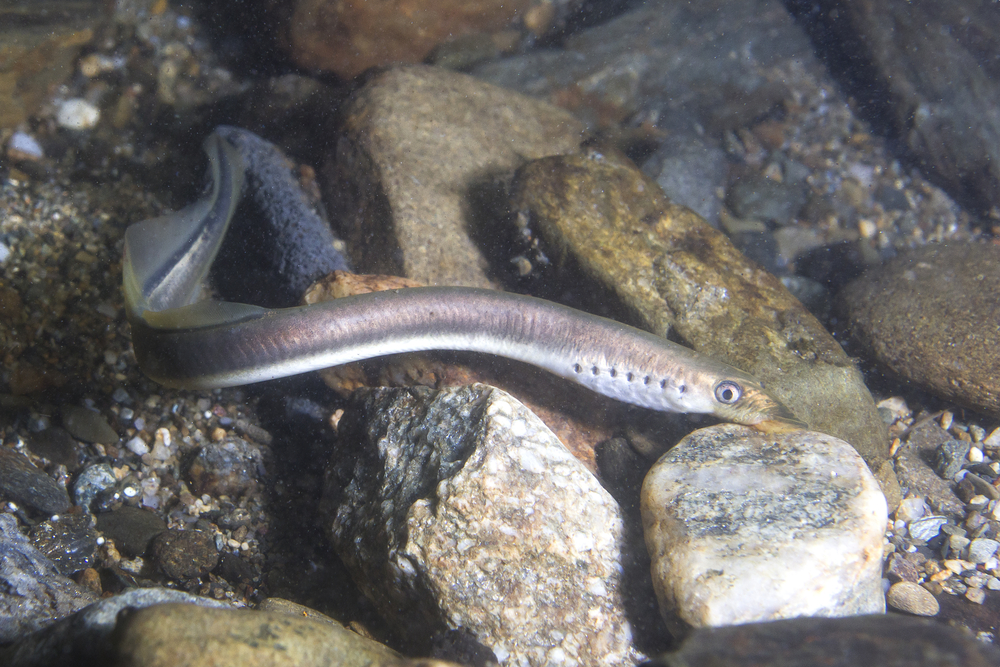
Lampreys are jawless fish that have been around for more than 360 million years. Their simple yet effective design has allowed them to survive through multiple mass extinctions. Lampreys have a unique feeding mechanism, latching onto other fish and feeding on their blood. Despite their parasitic lifestyle, they play important roles in aquatic ecosystems. Their adaptability to different water conditions has helped them persist for millions of years.
Lampreys face threats from habitat loss and pollution, which can impact their populations. Conservation efforts focus on restoring river habitats and improving water quality. Despite their unassuming appearance, lampreys are a crucial part of the natural world. They remind us of the intricate web of life and the importance of protecting all species, no matter how small or seemingly insignificant. By preserving lampreys, we’re also safeguarding the health of our freshwater ecosystems.
